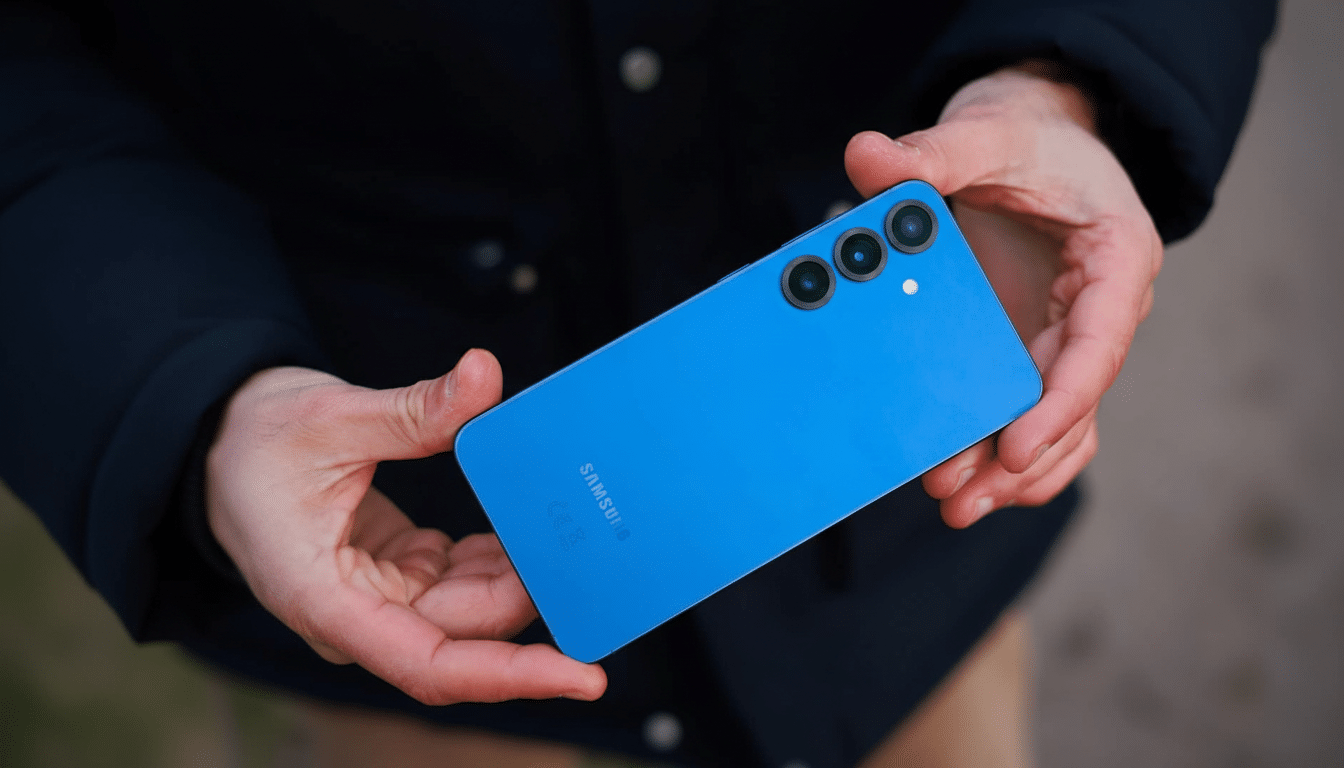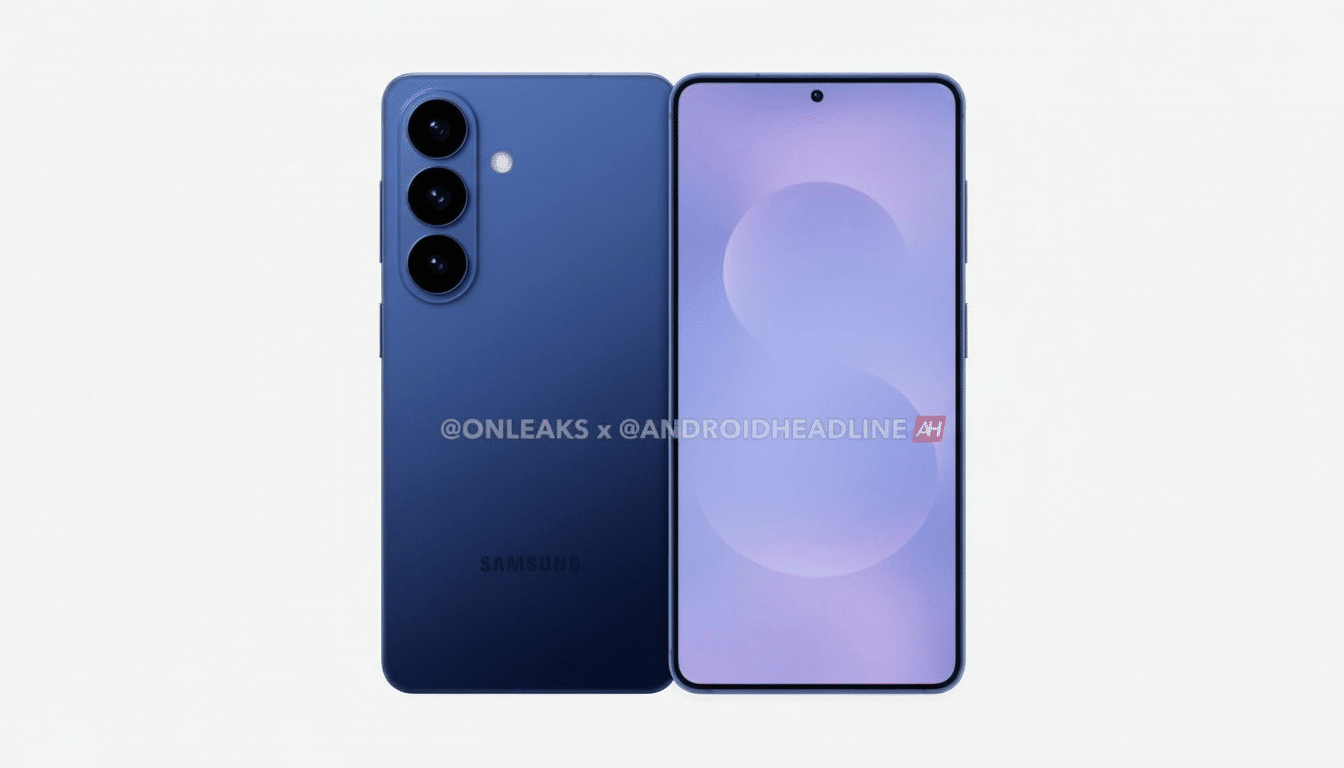The argument about Samsung’s next mid-range flagship phone is heating up. Rumours suggest that, in addition to an S26 and S26 Lite, the brand may also have a plus-sized S26 Plus and a curved-screen Edge-branded model — for four in total. A new cross-platform mobile poll of smartphone enthusiasts gives a clear read: the Plus over the Edge wins by wide margins.
What the survey shows about S26 Plus versus S26 Edge
Across polls on the web, X, and YouTube, the majority came out in support of the Galaxy S26 Plus. Support for the Plus varied from as low as two-thirds to almost four-fifths of respondents, depending on the distribution channel; site voters had the highest alignment with the winning option, while video and social voters were nearly there.

Why the tilt? What emerged from the feedback community was a consensus predicated on pragmatism: we want battery life, a flat screen, and consistent ergonomics. In other words, less aesthetic risk, more day-to-day reliability.
Why the Plus leads on real-world smartphone priorities
Battery life was the most frequently mentioned aspect. Recent reporting about the previous model line suggested a sizable capacity split — about 4,900 mAh for the Plus versus roughly 3,900 mAh for the equivalent Edge model — suggesting that we may see a similar trade-off this round. That gap matters on day one and it matters more over time.
Lithium-ion cells wear out with use; some research cited by Battery University suggests that after a few hundred cycles, a pack can lose nearly 20% of its useful capacity. Having that extra 1,000 mAh to kick things off makes a noticeable difference through year two and beyond, especially as 5G radios, high-refresh displays, and other AI features tax the battery all day long.
Design also plays a role. Curved-edge screens remain polarizing. When they’re struck, they can be prone to accidental touches and make adding a tempered-glass protector more complex, and are more expensive to replace if they shatter. Display Supply Chain Consultants has observed a market trend toward flatter panels in mainstream flagships more broadly, which is what voters say they are seeking in a daily driver: less drama, more durability.
There’s a price lens, too. The Plus usually represents the affordable upgrade: larger battery and display than the base model, but without the premium that the Ultra’s price tag would entail. It is surely no coincidence that when we look at Counterpoint Research’s consumer studies, we often see the same attributes: battery life, reliability, and most of all, value as top purchase drivers — exactly how fans would describe the Plus tier.
Where the Edge still works for design and ergonomics
The Edge isn’t without fans. Additionally, some users simply prefer the thinner feel and more immersive look a curved panel provides. The contoured sides can make a big device feel narrower in the hand, and those aesthetics do stand out in an ocean of flat rectangles. If you weigh visual panache and one-handed feel more than all-day battery stamina, the Edge proposition is still one that’s worth considering.

There’s also the differentiation factor. An Edge version provides Samsung space to play with design touches and software accents down the curve without imposing those options on everyone else. If core specs — processor, cameras, and charging — remain similar, it’s practically the difference between endurance-first utility and style-forward hardware for shoppers.
What does this mean for Samsung’s Galaxy S26 lineup?
If Samsung gives us both the S26 Plus and S26 Edge, in addition to the base model and its Ultra sibling, the strategy would be simple: crowdsource the lineup.
The Plus would cater to people who prioritize battery life, repairability, and accessory friendliness. Design-conscious buyers who crave the upscale look and slightly smaller grip, sans the Ultra, would be courted by the Edge.
If you have to choose, the survey’s message is clear: keep the Plus. The figures aren’t subtle, and they reflect broader market trend data indicating ongoing demand for devices that strike a balance between high performance and long-term value. Indeed, IDC has also noted how people are keeping hold of their phones for longer and that prolonging life plays into larger batteries and robust construction.
It’s an easy takeaway: both personalities would fit inside the S26 family, but the Plus is a people pleaser. It’s in tune with how people really use their phones — long days, heavy screen-on time, and a soft spot for no-nonsense hardware that can hang in there.
For consumers trying to choose their next upgrade, the choice architecture is similarly straightforward. If you appreciate maximum runtime, easier protection, and predictable handling, the S26 Plus probably seems like a better bet. If design is your north star and you value a phone that feels good in the hand and looks good on the desk, then the S26 Edge keeps that fire burning.
But in any case, it’s clear the audience knows what they want — and for most of them, that’s the Plus.

